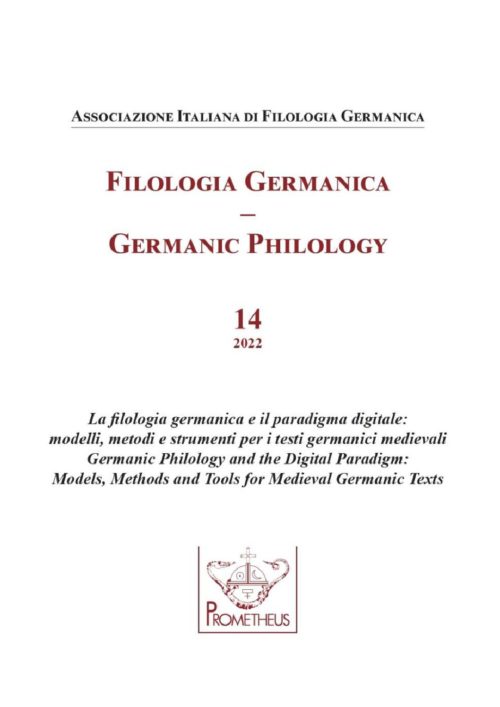The Old Norse FrameNet (ONoFN): Developing a New Digital Resource for the Study of Semantics and Syntax within a Medieval Germanic Tradition
DOI:
https://doi.org/10.14672/fg.v14i.2537Abstract
The “Old Norse FrameNet” (ONoFN) project aims at filling the gap between digital resources informed by contemporary linguistic theory and traditional research on Old Norse and Germanic lexical semantics and literary and religious topoi. We apply the principles of Frame Semantics (according to which “[a] word’s meaning can be understood only with reference to a structured background of experience, beliefs, or practices”, a “semantic frame”) and the methodology of the Berkeley FrameNet database (which documents more than 1000 hierarchically-related semantic frames occurring within the British National Corpus) in the annotation of a digital corpus of Old Norse texts. The annotation of ONoFN is ongoing. The initial corpus that we are annotating consists of the Poetic Edda as attested in the Codex Regius manuscript (GKS 2365 4to), a collection of mythological and heroic poems which were first written down in the 13th century after a long period of oral transmission. Researchers working on issues of linguistics, such as the semantics of specific lexical items, and on literary or religious topics, such as the treatment across Old Norse literature of a specific literary topos and/or religious theme, will find the ONoFN helpful when conducting research that takes into account the semantic contexts where the relevant lexemes occur, identifying which frames areinvolved in the composition of a specific passage, and comparing occurrences of the same frames in other passages or texts of the Old Norse literary corpus.
Published
Issue
Section
License

This work is licensed under a Creative Commons Attribution-ShareAlike 4.0 International License.
CC-BY-SA



